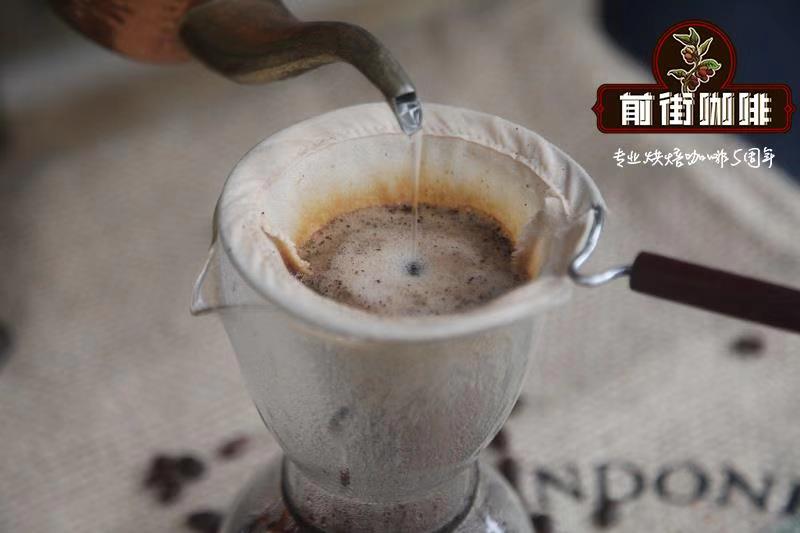How does chlorogenic acid break down during baking? What is the relationship between water and chlorogenic acid? will produce

Professional coffee knowledge exchange More coffee bean information Please pay attention to coffee workshop (Weixin Official Accounts cafe_style)
A brief introduction to the roasting process and the decomposition of chlorogenic acid in Qianjie Coffee
Chlorogenic acid will begin to decompose after water is heated, but during the baking process, water is continuously lost, and the rapid or slow removal of water will affect the flavor production (Mena reaction), but I will only discuss chlorogenic acid here.
Relationship between water and chlorogenic acid
In the case of sufficient moisture (high moisture content of beans, or slow dehydration process before explosion), chlorogenic acid can be fully decomposed into caffeic acid and quinic acid, which is the "hydrolysis" reaction mentioned by Mr. Sweet Mouth on page 94 of Fine Coffee, and there will be sour bitterness (quinic acid) and astringency (caffeic acid) in flavor. After explosion, coffee beans lose all water (here refers to the free flow of water in the green beans), if the beans continue to heat, will force the chemical structure of the molecules dehydration, and quinic acid dehydration reaction to quinic acid lactone, this substance because the original acid characteristic functional group (shuttle) hydroxide combined with another hydrogen to form water, so no longer have acid characteristics, and taste bitter.
Caffeic acid will be removed (to CO2) reaction into ethylene catechol, this substance ethylene structure is the most terrible, if continuous heating can form polyethylene, it will form Taguchi protection described by the "bad bitter" ethylene catechol polymer, you see its phenolic structure, but also a polymer, lead this substance not only bitter, but also astringent, the position should be in the tongue root (bitter) and throat (card).
Under the condition of insufficient water (low water content of beans, or fast dehydration process before explosion), chlorogenic acid cannot be fully decomposed into caffeic acid and quinic acid due to insufficient water content in raw beans (free water is exhausted in advance). At this time, chlorogenic acid will go through "dehydration reaction" to dehydrate part of quinic acid in chlorogenic acid molecule to form chlorogenic acid lactone.
Important Notice :
前街咖啡 FrontStreet Coffee has moved to new addredd:
FrontStreet Coffee Address: 315,Donghua East Road,GuangZhou
Tel:020 38364473
- Prev

Washed Ye Jia Xue Fei 100g recommended Washed Ye Jia Xue Fei 100g What is recommended
Professional coffee knowledge exchange More coffee bean information Please pay attention to coffee workshop (Weixin Official Accounts cafe_style) Qianjie coffee washing Ye Jia Xue Fei 100g Ethiopia Ye Jia Xue Fei production area washing treatment varieties are native species altitude of 1800 to 2000 meters flavor Jasmine berry lemon and citrus tonality END
- Next

What kind of flavor changes do light baking and moderate baking produce during baking? Between the two
Professional coffee knowledge exchange more coffee bean information please follow the coffee workshop (Wechat official account cafe_style) Qianjie Coffee brief introduction roasting when light roasting and medium roasting respectively what kind of flavor changes light roasting is more mild, so the "enzyme action" of flowers and fruit sour aroma retain the most, it is easy to smell the sour aroma of coffee. If you continue to bake,
Related
- Beginners will see the "Coffee pull flower" guide!
- What is the difference between ice blog purified milk and ordinary milk coffee?
- Why is the Philippines the largest producer of crops in Liberia?
- For coffee extraction, should the fine powder be retained?
- How does extracted espresso fill pressed powder? How much strength does it take to press the powder?
- How to make jasmine cold extract coffee? Is the jasmine + latte good?
- Will this little toy really make the coffee taste better? How does Lily Drip affect coffee extraction?
- Will the action of slapping the filter cup also affect coffee extraction?
- What's the difference between powder-to-water ratio and powder-to-liquid ratio?
- What is the Ethiopian local species? What does it have to do with Heirloom native species?

